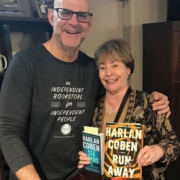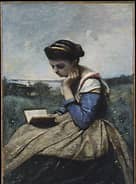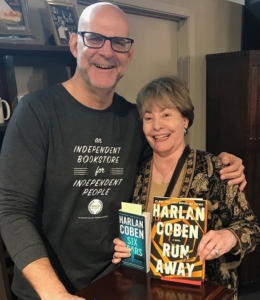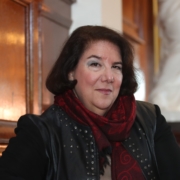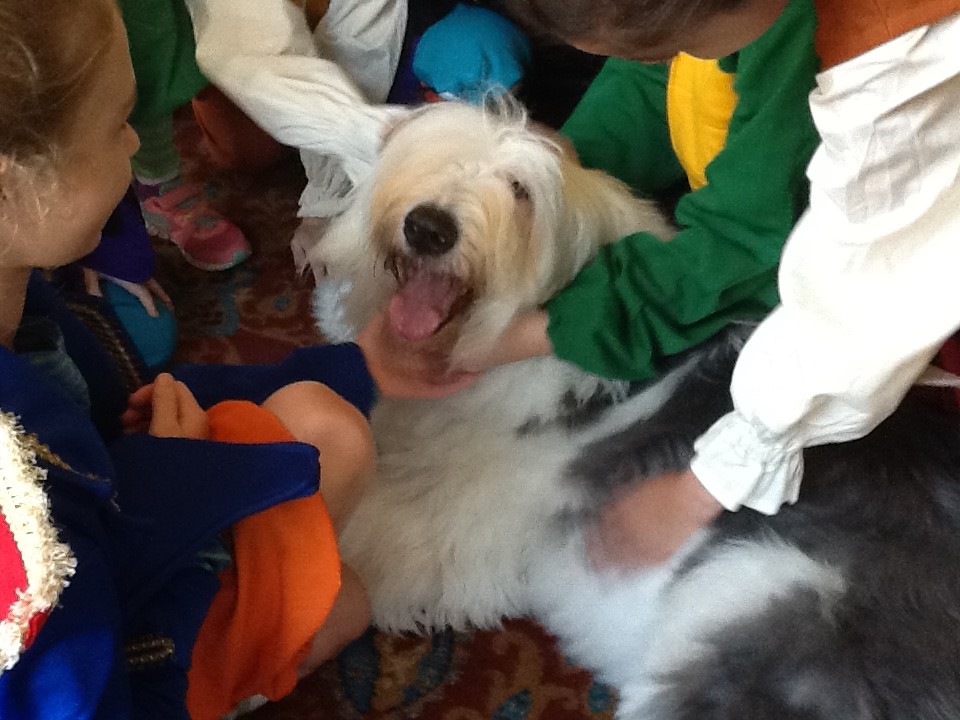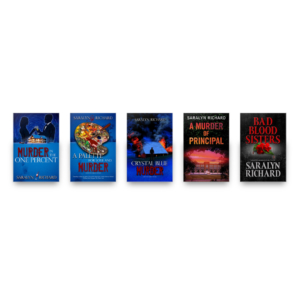Great to be a new member of the Stiletto Gang, the most talented writers I’ve come across in a group, probably ever. As an introduction, I’ll lay out the highlights of my literary journey below.
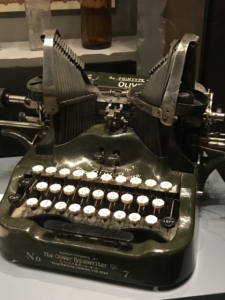 In 1962, my mother registered me for a writing class that was offered in summer school after the eighth grade. Only one other girl signed up, so the class was cancelled.
In 1962, my mother registered me for a writing class that was offered in summer school after the eighth grade. Only one other girl signed up, so the class was cancelled.
Once in high school, we were assigned a short story. I wasn’t present the day the teacher handed them back—I’d gone to the orthodontist—but when I returned to school, kids congratulated me on my story, saying the teacher read it to the class. The next day when she returned my story, I found she’d give it a B-.
My parents told me I couldn’t be a writer because I wouldn’t be able to make a living. I don’t know whether that is what would have happened. You never know what the future holds. But, I was an obedient child, at least for a while, so I said ok.
I didn’t know what else I might want to do. Dad wanted my sister and me to be teachers, so if our husbands died or abandoned us, we’d be able to support ourselves. My sister did and ended up as an administrator in a small public school district. Me? I dropped in and out of five colleges/universities until I was finally awarded a B.S. degree in Criminal Justice.
I once signed up, as an adult, for a writing class at the community college in our town, excited to finally get something going. When I received my first story back, the instructor had written that I had no talent—give it up.
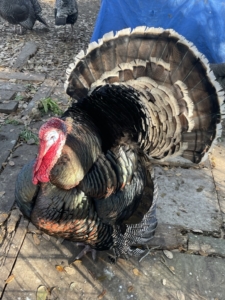
After I began practicing law, I was lying around my living room once night and told my husband that if a writer could make $5,000 a pop for genre romance novels as it stated in the TV Guide article I read, I should try that. I read everything, including romances. I didn’t think it looked that hard. So, I bought some books on writing romances and sent for tip sheets and finally wrote one. I sent it off and waited for a response. The editor said no, she wouldn’t publish my novel, her rejection including some choice insults, and never to send her anything again.
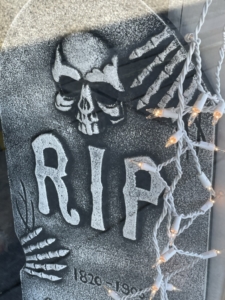 I began writing suspense/mysteries in the 80s. My father was a criminal defense lawyer, (and later a judge), so I’d been around the law since I was little. I had been a probation officer and was at that time a criminal and family lawyer. Crime, I knew about. By the way, I heard that not long after the aforementioned editor rejected my novel, she died. Just so you know, I didn’t kill her.
I began writing suspense/mysteries in the 80s. My father was a criminal defense lawyer, (and later a judge), so I’d been around the law since I was little. I had been a probation officer and was at that time a criminal and family lawyer. Crime, I knew about. By the way, I heard that not long after the aforementioned editor rejected my novel, she died. Just so you know, I didn’t kill her.
When my editor at St. Martin’s Press, Inc. called me about MY FIRST MURDER, (my first published novel) he excitedly asked where I learned to write like that. He loved the book and said my manuscript was one of the best submissions he’d ever seen in terms of preparation, punctuation, etc. He loved it so much, a year later he rejected the sequel.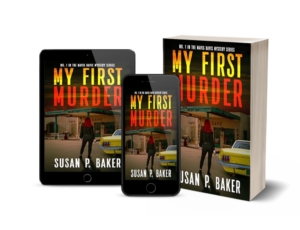
Enough of that. My point is, never give up. I had that first novel sale in 1988. I used the book as a political tool when I was running for office, donating copies across the county. What a great gimmick! I received free publicity and extra attention at every event, in addition to speaking engagements.
I was elected to the bench and took office on 1/1/91. My focus turned to being a sitting judge, modernizing practices and procedures in that court, including starting programs to help families and children. I continued to write whenever I could, though I didn’t have any other books published until after I left the bench at the end of 2002. In 2004, Eakin Press (a Texas publisher) released my nonfiction books: Heart of Divorce (which I wrote to help pro se litigants who couldn’t afford lawyers to prosecute their own divorces) and Murdered Judges of the 20th Century, which I researched and wrote over the previous six years, (and which began as evidence for the county commissioners that we needed courthouse security).
After that, I started submitting works I’d written while on the bench. I wanted to change my focus from the law to liberal arts. In 2015, I made the decision to self-publish. Though by then I had several mystery/suspense novels under my belt, I had grown tired of the traditional publishing process. I was aging out. The last straw was when an agent told me to cut my manuscript 20,000 words and submit it to her. I did, and never heard from her. That was it.
At sixty-five years of age, I was sick of the abuse most authors suffer at the hands of agents and editors. I was writing because I have to, not because I needed to. Or, as I often phrase it, I can’t not write. There was no joy, no pleasure in experiencing what they were dishing out. Where I had hoped for years to have the guidance and support of an agent and/or editor, I realized that would never happen. I have stories to tell. I’m constantly learning craft. I don’t care if I ever have huge sales. I’m having fun doing what I’ve wanted to do since I was a little girl with no pressure, no insults, no rejection. I love it.
Now, at 74, I spend a lot of my days writing or reading. I’m having fun living life my way. I never gave up. I suggest if you love to write, don’t let anyone discourage you either.

Susan has published 14 books in the last 30 or so years. Not all of them are mystery/suspense, but all of them have something to do with the law.
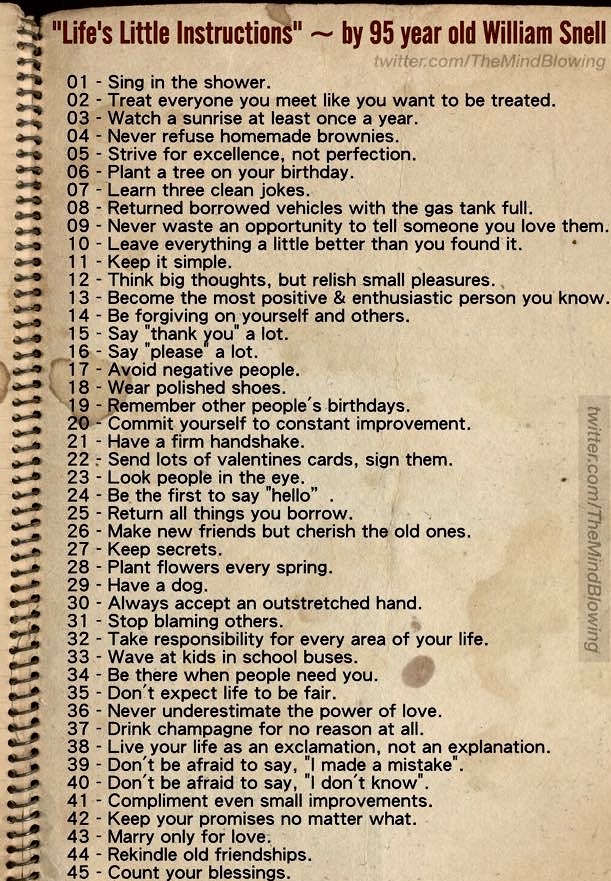 Or, perhaps we just want to work at developing a new and improved version of ourselves.
Or, perhaps we just want to work at developing a new and improved version of ourselves. Yet I heartily agree with #29. Dogs absolutely make make us better humans. And though I can’t remember the last time I waved at kids on a school bus (#33), I always wave at them when the zoo train comes around. Hopefully that counts.
Yet I heartily agree with #29. Dogs absolutely make make us better humans. And though I can’t remember the last time I waved at kids on a school bus (#33), I always wave at them when the zoo train comes around. Hopefully that counts.

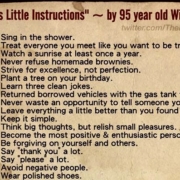

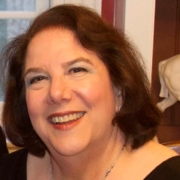

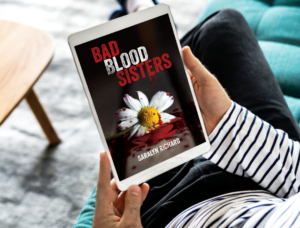

 Hi, ya’ll, thank you for letting me visit. I can’t believe how quickly summer has flown by this year. We’re in the dog days of summer now, which are technically July 3rd until August 11th, although that date has changed with the changing of the calendars. It’s still the hottest time of the year for the northern hemisphere. Are you feeling it? It’s hot and muggy here and it’s so easy to get heat stroke if you’re not careful.
Hi, ya’ll, thank you for letting me visit. I can’t believe how quickly summer has flown by this year. We’re in the dog days of summer now, which are technically July 3rd until August 11th, although that date has changed with the changing of the calendars. It’s still the hottest time of the year for the northern hemisphere. Are you feeling it? It’s hot and muggy here and it’s so easy to get heat stroke if you’re not careful.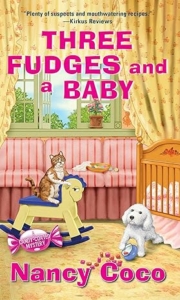
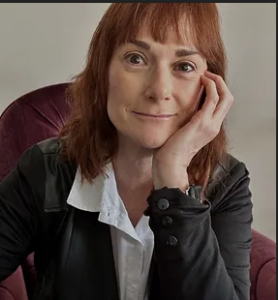
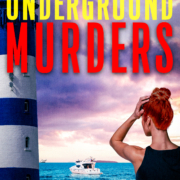
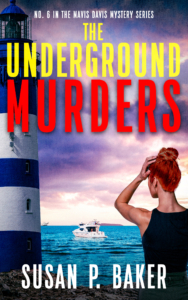
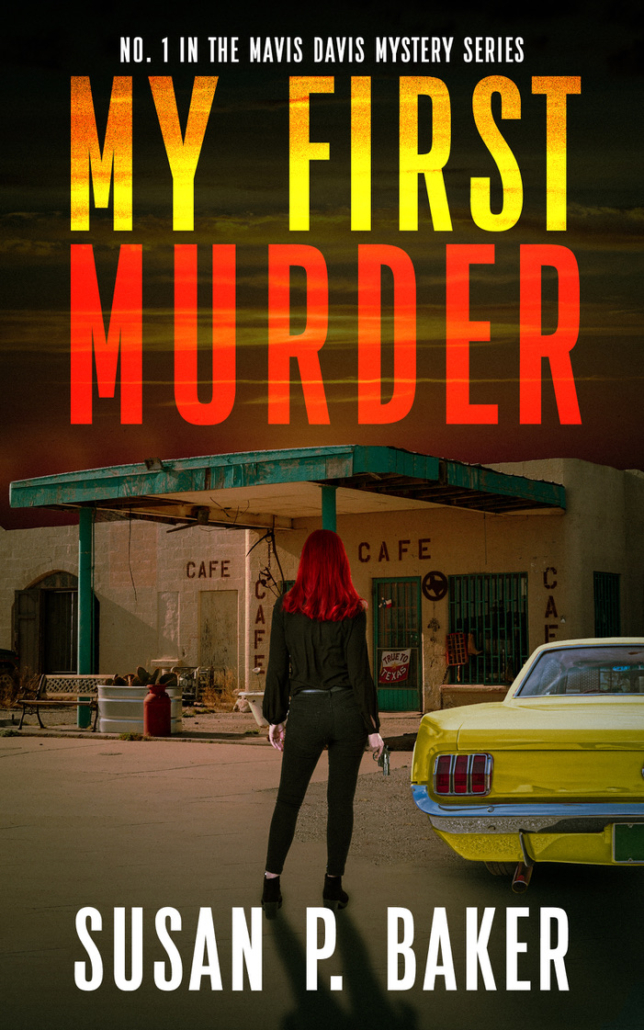
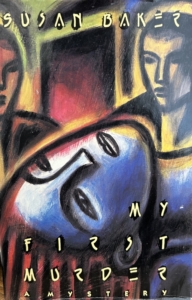
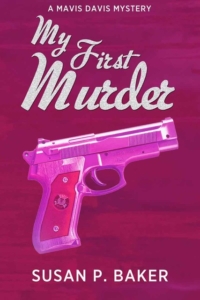
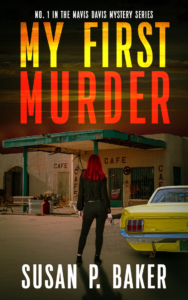
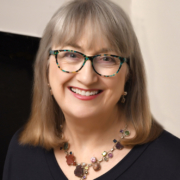
 In 1962, my mother registered me for a writing class that was offered in summer school after the eighth grade. Only one other girl signed up, so the class was cancelled.
In 1962, my mother registered me for a writing class that was offered in summer school after the eighth grade. Only one other girl signed up, so the class was cancelled.
 I began writing suspense/mysteries in the 80s. My father was a criminal defense lawyer, (and later a judge), so I’d been around the law since I was little. I had been a probation officer and was at that time a criminal and family lawyer. Crime, I knew about. By the way, I heard that not long after the aforementioned editor rejected my novel, she died. Just so you know, I didn’t kill her.
I began writing suspense/mysteries in the 80s. My father was a criminal defense lawyer, (and later a judge), so I’d been around the law since I was little. I had been a probation officer and was at that time a criminal and family lawyer. Crime, I knew about. By the way, I heard that not long after the aforementioned editor rejected my novel, she died. Just so you know, I didn’t kill her.


 Halloween, All Saints Day, Thanksgiving, Hanukkah, Christmas, Kwanzaa, and more. From now until the end of the year there are celebrations galore. Families and friends getting together for various festivities. Or not.
Halloween, All Saints Day, Thanksgiving, Hanukkah, Christmas, Kwanzaa, and more. From now until the end of the year there are celebrations galore. Families and friends getting together for various festivities. Or not.
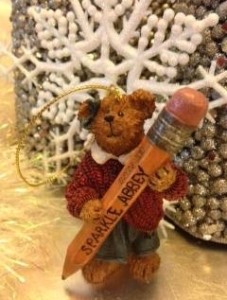 Sparkle Abbey
Sparkle Abbey



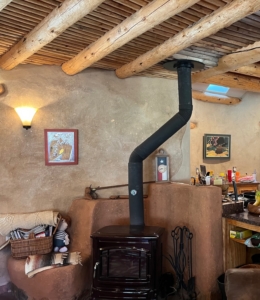
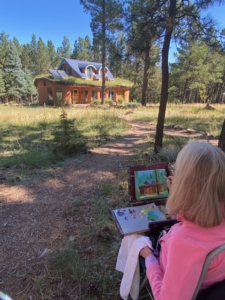 Their daughter, an architect, prepared the blueprints. She assisted in tree cutting, testing the clay content in the soil, and manufacturing the adobe bricks and puddled adobe used in the construction. As you can see from the exterior and interior photos, they constructed a wonderful home. Imagine building your own and creating such a beauty!
Their daughter, an architect, prepared the blueprints. She assisted in tree cutting, testing the clay content in the soil, and manufacturing the adobe bricks and puddled adobe used in the construction. As you can see from the exterior and interior photos, they constructed a wonderful home. Imagine building your own and creating such a beauty!